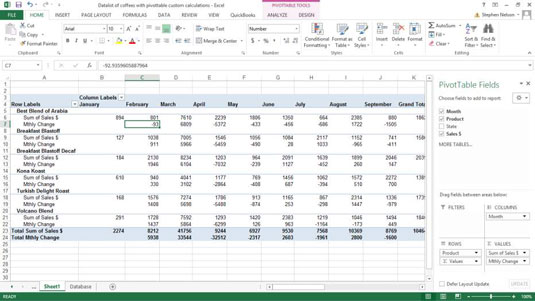


U-1, persons unemployed 15 weeks or longer, as a percent of the civilian labor.The six state measures are based on the same definitions as those published for the Third quarter of 2021 through the second quarter of 2022. The analysis that follows pertains to the Due to the inclusion of lagged quarters, the state alternative measures may not fully reflect the current The use of 4-quarterĪverages increases the reliability of the CPS estimates, which are based on relatively small sample sizes at the state level, andĮliminates seasonality. Who want more narrowly (U-1 and U-2) or broadly (U-4 through U-6) defined measures.īLS is committed to updating the alternative measures data for states on a 4-quarter moving-average basis. The other measures are provided to data users and analysts This concept has been thoroughly reviewed and validated The official concept of unemployment (as measured in the CPS by U-3 in the U-1 to U-6 range ofĪlternatives) includes all jobless persons who are available to take a job and have actively Published in the Bureau of Labor Statistics' monthly Employment

Six alternative measures of labor underutilization have long been available on a monthlyīasis from the Current Population Survey (CPS) for the United States as a whole. If you typed or copied a formula into a cell of a blank column and don't want to keep the new calculated column, click Undo twice.Alternative Measures of Labor Underutilization for States, Third Quarter of 2021 through Second Quarter of 2022 Averages This is generally not recommended though, because it can prevent your column from automatically updating in the future, since it won't know which formula to extend when new rows are added. You can choose to undo the update, and only keep the single new formula from the AutoCorrect Options button.
#Calculate tables alternote update
If you input a new formula that is different from existing formulas in a calculated column, the column will automatically update with the new formula. However, the AutoCorrect Options button is displayed to provide you with the option to overwrite the data so that a calculated column can be created. If you type or move a formula in a table column that already contains data, a calculated column is not automatically created. The formula is the same for each row, but since it's a structured reference, Excel knows internally which row is which.Ĭopying or filling a formula into all cells of a blank table column also creates a calculated column. When you press Enter, the formula is automatically filled into all cells of the column - above as well as below the cell where you entered the formula. To learn more about structured references, see: Using structured references with Excel tables. A regular Excel formula for this would be =SUM(B2:C2), which you would then need to copy or fill down to the rest of the cells in your column The structured reference format is what allows the table to use the same formula for each row. This is called a structured reference formula, which is unique to Excel tables. As a result, Excel built the formula: 1]:]). In this case we entered =sum(, then selected the Qtr 1 and Qtr 2 columns. Type the formula that you want to use, and press Enter. Just click on the arrow for Insert > Insert Table Columns to the Left. You can also add a table column from the Home tab.


 0 kommentar(er)
0 kommentar(er)
